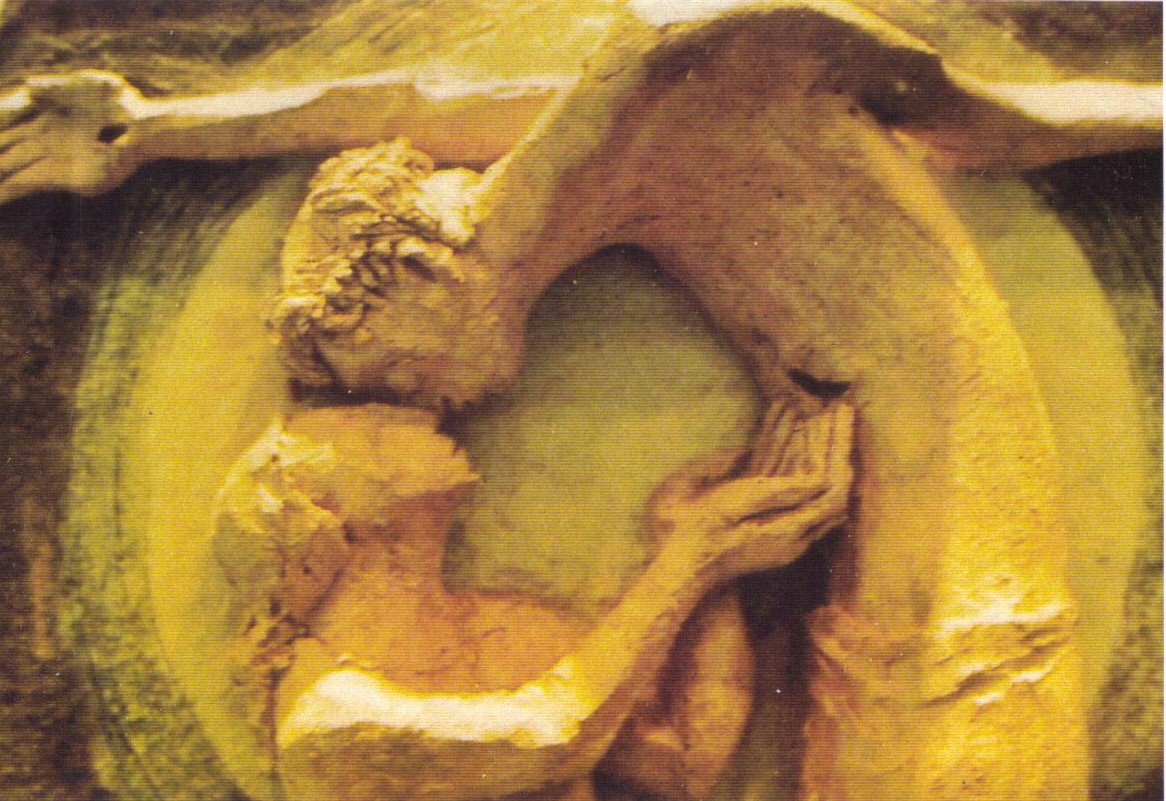First Friday Reflection, April 2014
“Having loved his own who were in the world, he loved them to the end.” John 13:1
This bas relief is called simply “Costado,” Spanish for “Side,” though we might see in it an image of the Pierced Heart of Jesus. It shows the tenderness and compassion of the Crucified One who, despite his mental anguish and his physical suffering, is the one who is reaching out and seeking to console, in the most intimate way imaginable. The image speaks of a flow of love between Jesus and the woman as their eyes lock and their hearts ache.
Take some time during these waning days of Lent to pray with this image. Imagine yourself as the woman there at the foot of the cross. What are you thinking? What are you feeling? What words do you long to hear, to say?
Or perhaps there are no words, just a long loving look.
Costado, Spanish origin, artist unknown Reflection by Kathleen Hughes, rscj
